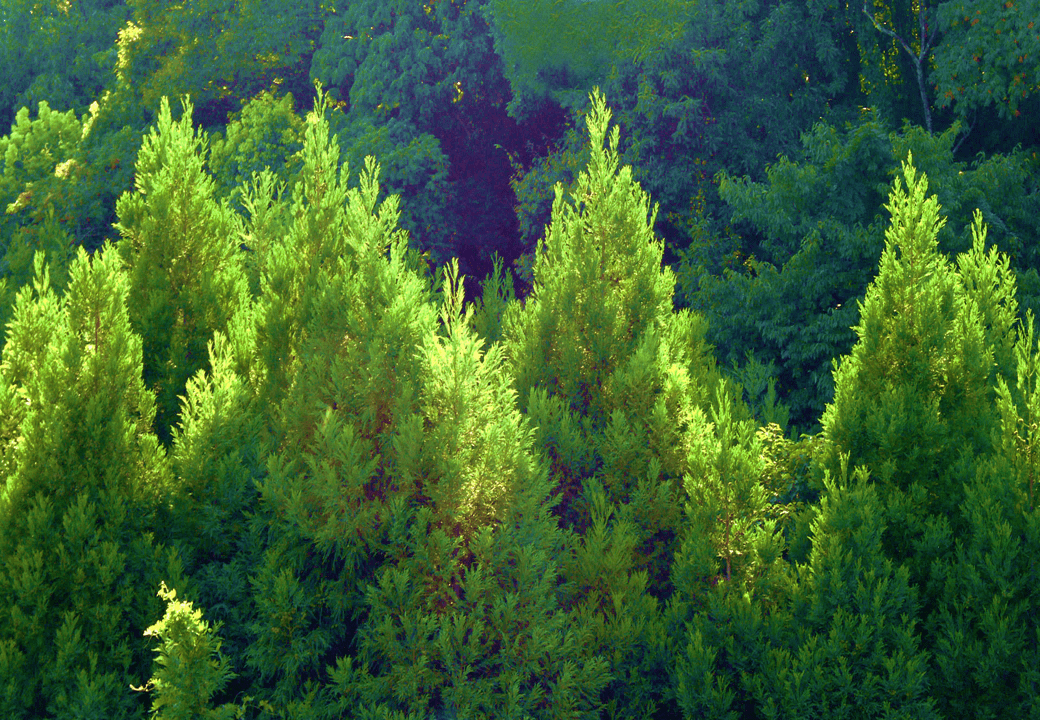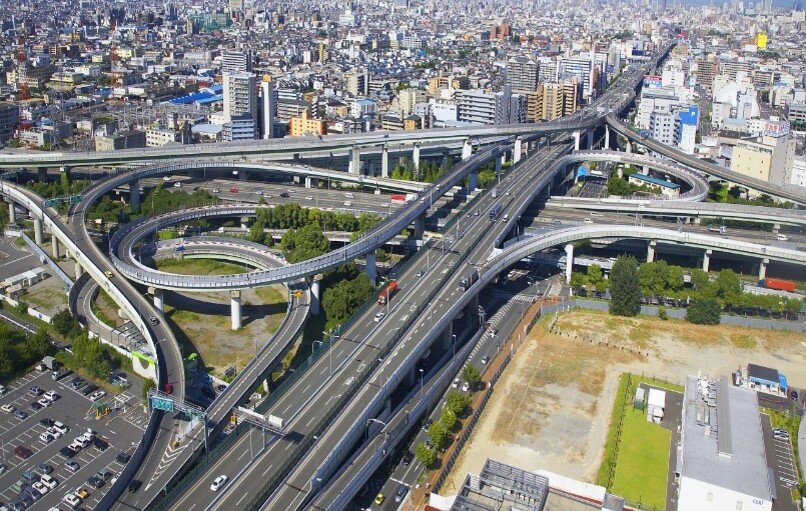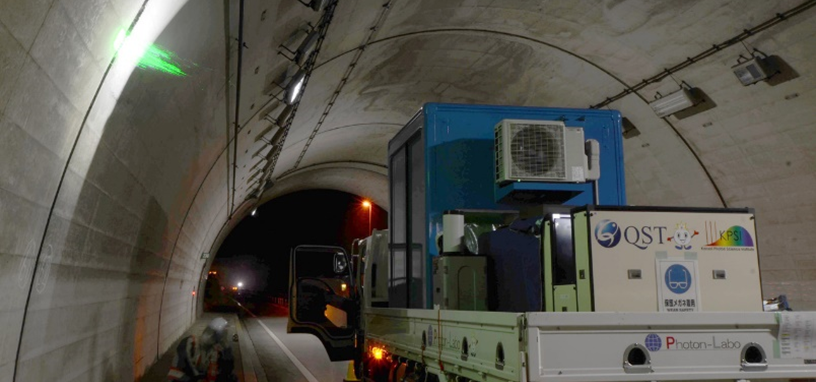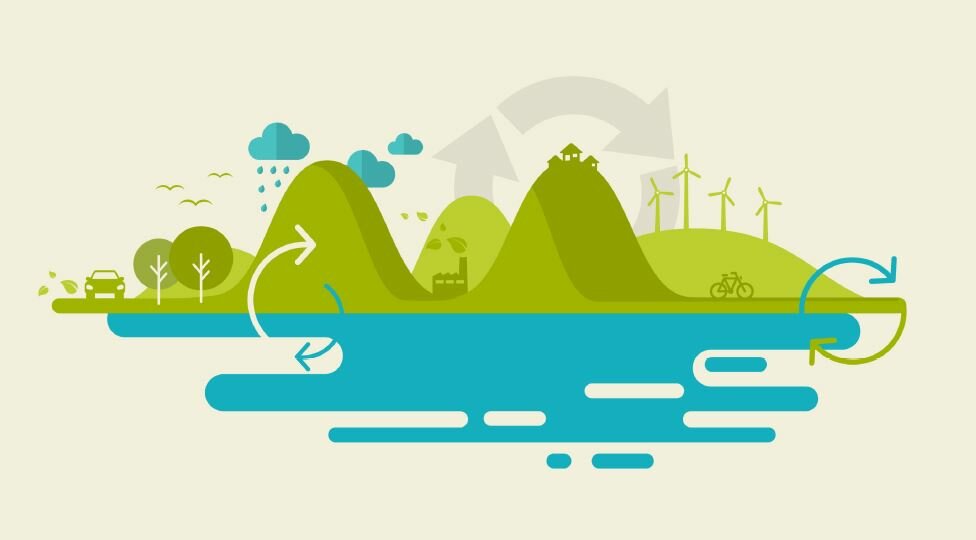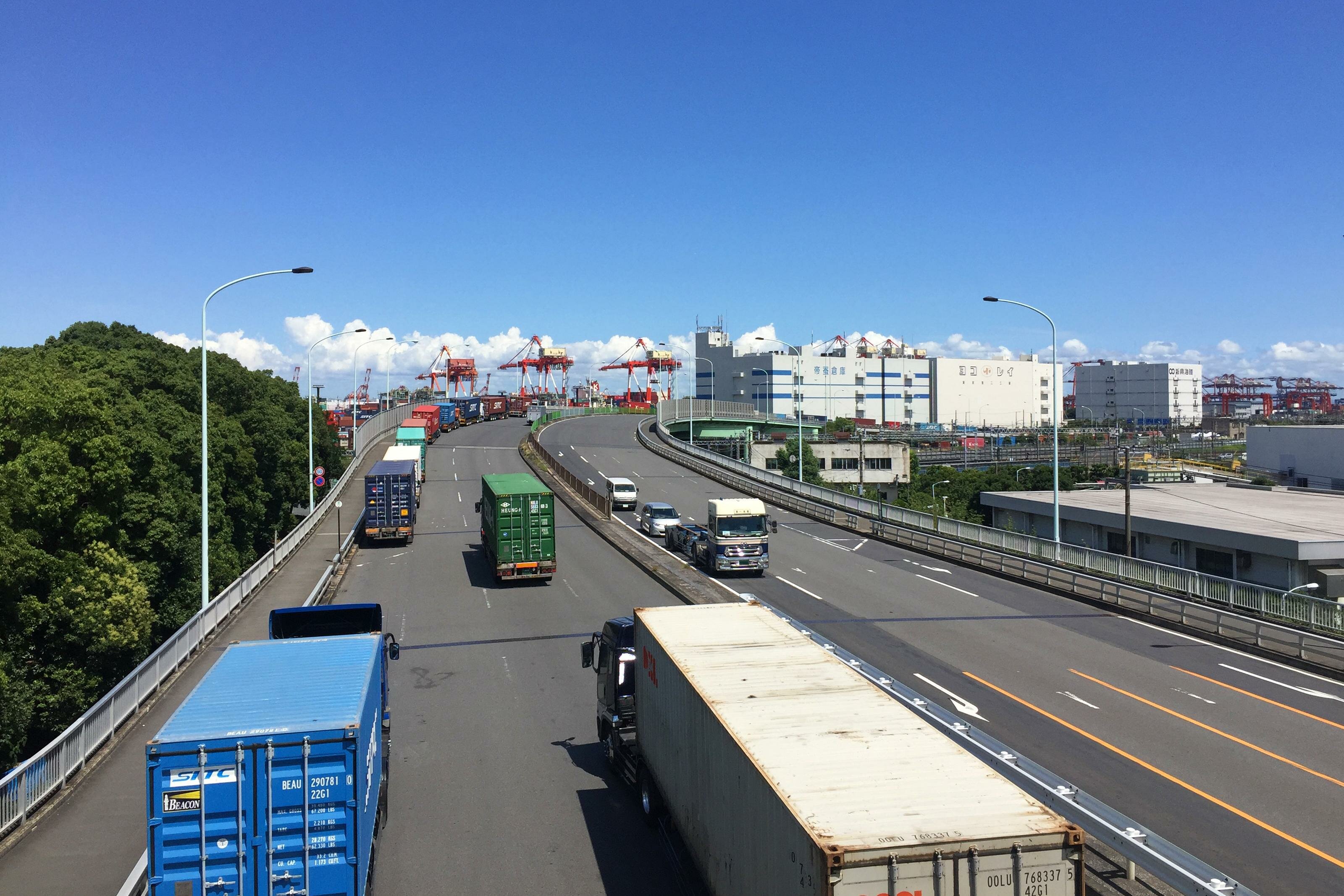- TOP
- RESEARCH AND DEVELOPMENT
- Development of a system to detect sewer infiltration/inflow during rainy weather
RESEARCH AND DEVELOPMENT
Development of a system to detect sewer infiltration/inflow during rainy weather
[Dramatic Cost and Time Savings] Patent: Development of a system to detect sewer infiltration/inflow during rainy weather
Heavy rain can cause water to overflow from sewer systems. There are various causes for this. For example, if the sewer pipes have cracks or gaps due to aging, or if the manhole covers are damaged, infiltration/inflow* will enter the pipes during rainy weather, causing the phenomenon mentioned above.
*Infiltration/inflow refers to water that enters the sanitary pipe of a separate sewer system during rainy weather, or water that enters a sanitary pipe buried below groundwater level.
Neglecting water infiltration/inflow during rainy weather has many drawbacks. For example, more water entering the sewer than the system is designed to handle will result in flood damage and place a heavy load on the pumping stations. Furthermore, if sediment and deposits are drawn into the system together with the infiltration/inflow during rainy weather, it will lead to increased dredging and other maintenance costs for the sewer system. The higher volume of infiltration/inflow during rainy weather may also lead to an increase in costs borne by those living in affected municipalities.
When the amount of water entering the sewage treatment plant increases due to infiltration/inflow during rainy weather, the cost of treating the sewage also increases, placing pressure on the operation of the sewerage system. Despite this, detecting sewer infiltration/inflow during rainy weather using conventional flow meters and water level gauges also requires expensive survey and analysis costs, and these costs limited the scope of surveyance. To address this situation, we have started to develop technology to detect infiltration/inflow during rainy weather quickly and inexpensively.

Prediction and detection of infiltration/inflow during rainy weather using a machine learning model based on acoustic data
In order to detect infiltration/inflow during rainy weather, we focused on acoustic data. Specifically, we use machine learning to model characteristic patterns of acoustic data containing the sounds of running water and/or the characteristic patterns extracted from acoustic data containing the sounds of running water under dry weather conditions and non-dry weather conditions. The system uses AI to predict and detect the presence or absence of water infiltration/inflow during rainy weather by comparing its results with actual observed data.
After the introduction of this system, research and analysis costs were reduced by 50 percent compared to the conventional approach, and the use of AI also significantly shortened the analysis time. The results of our research on systems for sewage infiltration/inflow detection during rainy weather were evaluated by the Ministry of Land, Infrastructure, Transport and Tourism through a demonstration project, and we were also granted a patent evaluation.
Patent number:Japanese Patent Application No. 2018-207773
Title of the invention:UNKNOWN WATER DETECTION DEVICE, UNKNOWN WATER DETECTION METHOD, PROGRAM, AND UNKNOWN WATER DETECTION SYSTEM
*Joint patent with the National Institute of Advanced Industrial Science and Technology (AIST)

